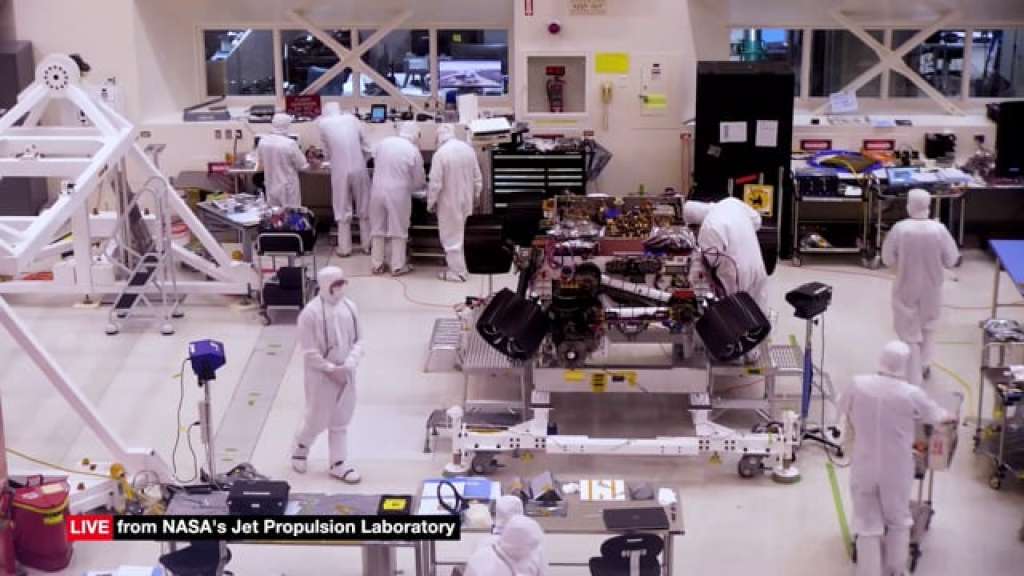Rimfax – georadaren som skal til Mars
Hvordan skal Nasa finne ut hva som skjuler seg under overflaten på Mars?
Fakta om prosjektet
Oppdragsgiver
Nasa
Avdeling
Samarbeidspartnere
FFI har laget og levert radaren Rimfax. Den skal hjelpe Nasa med å utforske hva som skjuler seg under overflaten på Mars.
Georadaren Rimfax er en av de syv vitenskapelige instrumentene som skal sitte på Nasa-roveren "Perseverance", som lander på Mars i februar 2021. Roverens oppgave er å lete etter rester etter liv. Radaren skal analysere de ulike geologiske lagene i bakken for å finne ut hvor det er lurest å ta prøver.
Rimfax - eller Radar Imager for Mars' subsurface experiment - er en georadar som kan "se" ned i bakken. Georadarer av denne typen kan også brukes til arkeologi og til å forske på snøskred. På Mars skal romversjonen Rimfax se ned i bakken og undersøke geologien flere meter under overflaten.
Fakta om prosjektet
Fakta om Nasas Mars 2020 Mission
- Perseverance rover
Launched
July 30 2020
Launch Location
Cape Canaveral Air Force Station, Florida
Landing
Feb. 18, 2021
Landing Site
Jezero Crater, Mars
Mission Duration
At least one Mars year (about 687 Earth days)
Relaterte aktuelle saker


